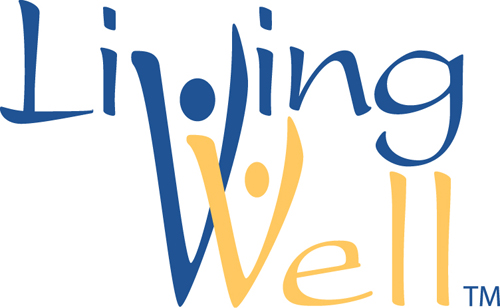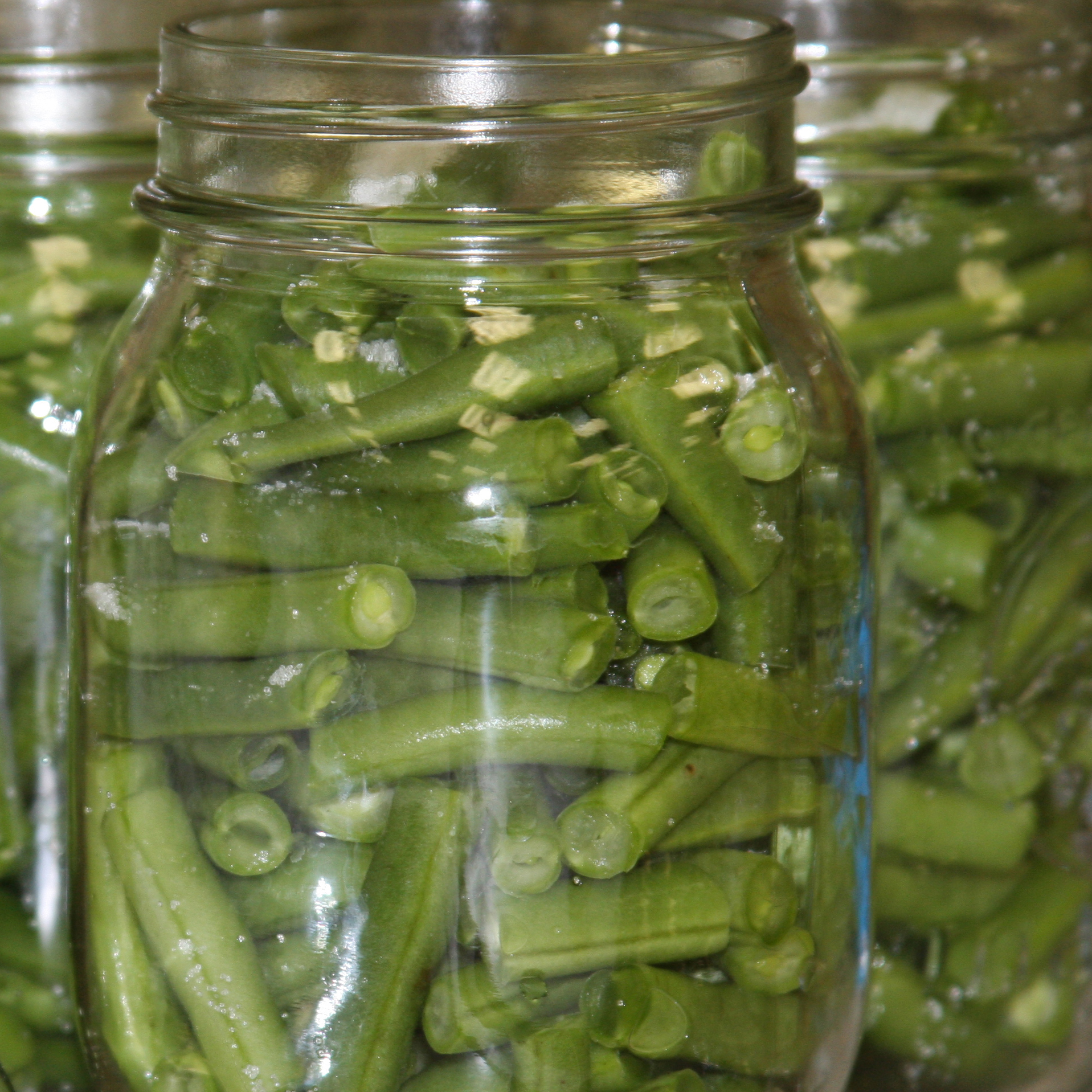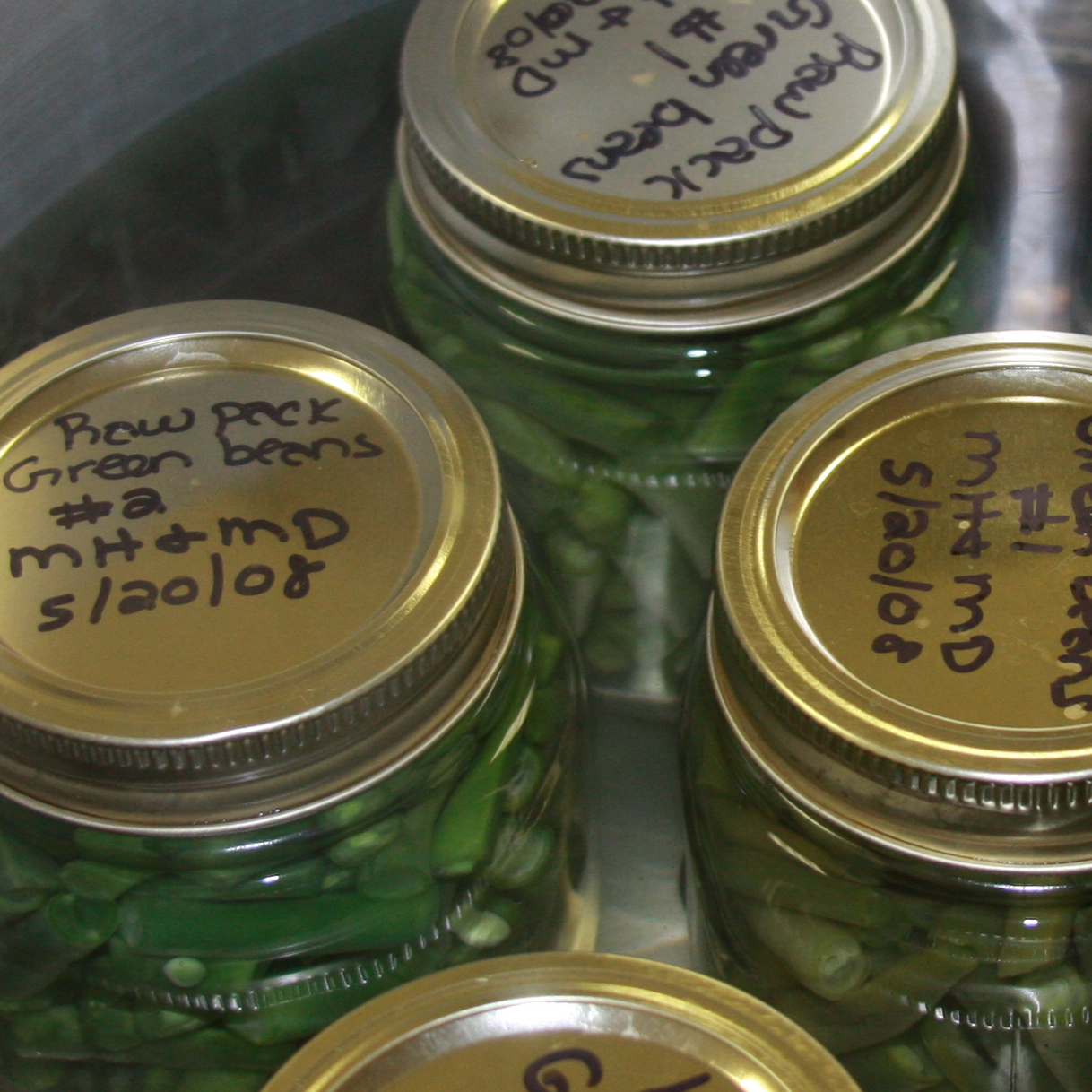Many people are returning to home canning or starting for the first time. And many are making what could be a deadly mistake. Canning green beans or other vegetables in boiling water instead of under pressure with a properly researched procedure can cost lives.
Canning low-acid vegetables, meats, fish or poultry requires the use of a pressure canner. Spores of Clostridium botulinum bacteria are found naturally in soils. They are very, very heat resistant.
Hours in a boiling water canner will not kill the spores if they are inside jars of beans. Left alive after canning, they will eventually become actively growing bacteria that will produce a deadly human toxin. Bacteria grow well inside closed jars at room temperature, so they must be killed during the canning process for safe storage.
Jars of improperly canned vegetables or meats can contain the deadly botulism toxin without showing signs of spoilage.
Using up-to-date canning instructions from a reliable source is essential. Scientific knowledge and equipment have changed since earlier generations were canning foods at home.
People who used boiling-water canners or pressure canners incorrectly and didn’t have food spoil, were just lucky. You might not be so lucky.
The reality is that you could end up with botulism poisoning or have to throw out a lot of spoiled food.
Current U.S. Department of Agriculture home canning procedures are available from the National Center for Home Food Preservation website at www.uga.edu/nchfp/.
To properly can foods, be sure to use a pressure canner/cooker that is capable of holding at least 4 quart-size jars on the rack with the lid in place and ready to can. If the canner cannot hold 4 quarts, University of Georgia Cooperative Extension experts do not recommend it.
Make sure all pressure canner parts are in good condition. If the canner has a rubber gasket, make sure it is flexible and soft, not brittle, sticky or cracked. Check the openings on any small pipes or ventports to be sure they are clean and clear of any debris.
Pressure canners have either a dial gauge or a weighted gauge. Dial-gauge canners use a dial to show the pressure inside the canner. It is necessary to have the dial gauge tested for accuracy before each canning season or after dropping or banging it. Local UGA Extension agents or hardware stores should be able to provide information on dial gauge testing.
There are several styles of weighted gauge canners in the marketplace, These have weights on the open vents that let allow canners to choose 5, 10 or 15 pounds of pressure for processing.
Home canners need to be aware of altitude adjustments for processing. Adjusting weights, pressure and process times for altitudes are very important safety steps. Information on adjusting altitudes can be found with manufacturer’s instructions. Air should be vented from pressure canners for 10 minutes of boiling before you pressurize the canner.
Step-by-step procedures for using pressure canners are available at the website www.uga.edu/nchfp/publications/uga/using_press_canners.html.
When using a new pressure canner, or one that has not yet been used this season, make sure it is working properly before canning. Put several inches of water in the pressure canner and pressurize it as if canning. Make sure it gets to the necessary pressure and can be maintained there without leaking. This is a good time to practice depressurizing the canner as if it had jars in it and go through the steps for opening the canner.
Any jars known to be spoiled or those that are underprocessed -- even without showing obvious signs of spoilage -- should be treated as if they contain botulism toxin. Information about discarding sealed jars or detoxifying jars that have been opened is available at the website www.uga.edu/nchfp/how/general/identify_handle_spoiled_canned_food.html.









